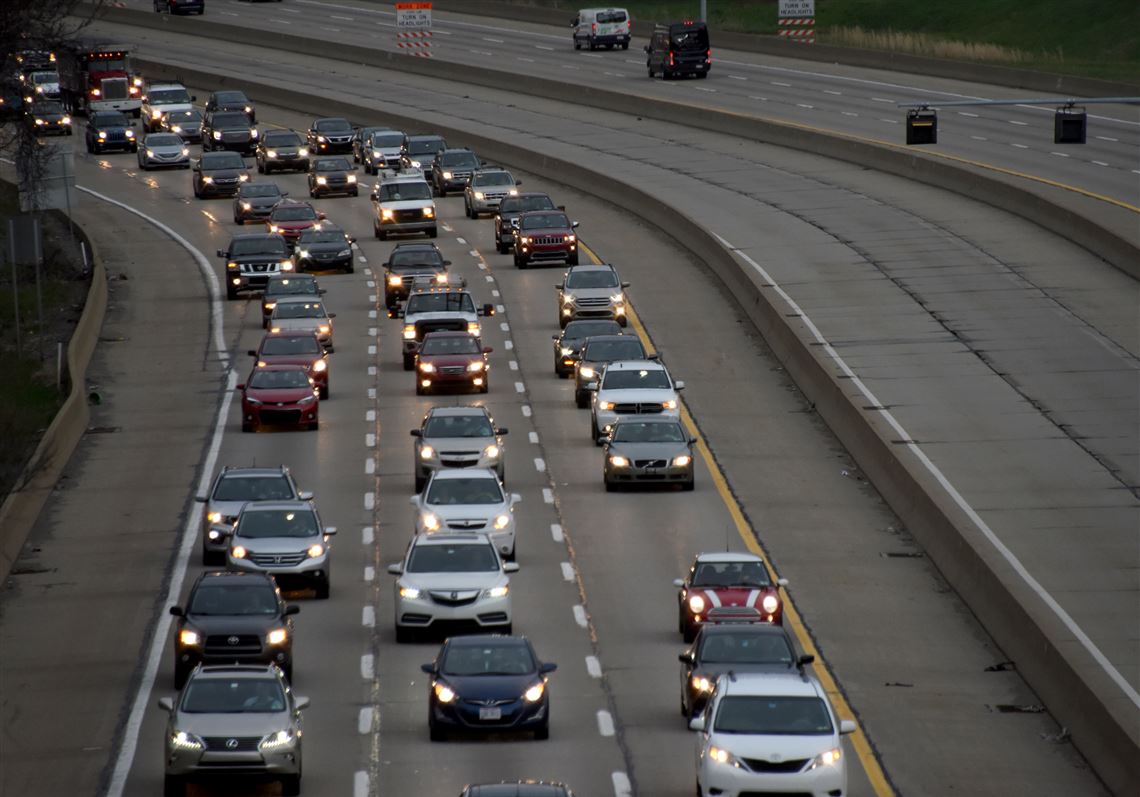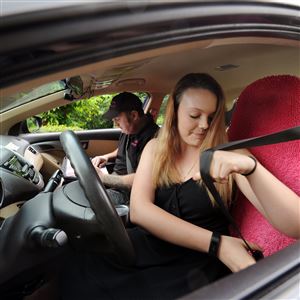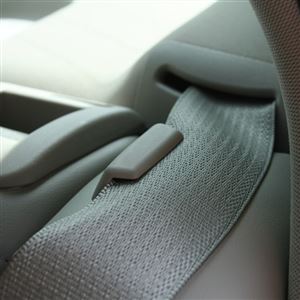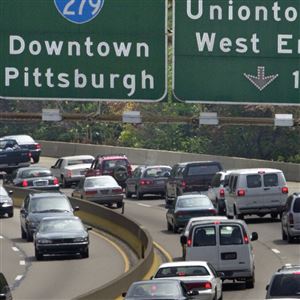It can be a freeing and liberating experience for teenagers to get their driver’s license, but it also can be deadly.
Despite safety programs from AAA and the Pennsylvania Department of Transportation aimed directly at young drivers, an AAA study released Thursday showed drivers 16 and 17 years old remain the least safe drivers. The study, announced at the start of what’s called the “100 deadliest days,” between Memorial Day and Labor Day, shows the youngest drivers are 3.9 times more likely to be involved in a crash and 2.6 times more liked to be involved in a fatal crash, according to statistics from 2014-15.

The study claims nearly 60 percent of young drivers involved in fatal crashes were distracted by such things as other passengers or their cell phones, about 60 percent weren’t wearing seat belts, and nearly 30 percent were speeding. Other factors for teen crashes included inexperience, driving too fast for conditions and making turns improperly.
New, graduated driver’s licenses that began in Pennsylvania in 1999 have helped by limiting the hours younger drivers can be on the road and the number of passengers they can have in the vehicle with them, said PennDOT spokesman Rich Kirkpatrick. For example, crashes for drivers under 18 dropped from more than 15,000 in 1997 to just under 7,000 in 2016, and fatalities dropped from 133 in 1997 to 47 last year.
But traffic accidents remain the leading cause of death for those 16 to 24 years old.
Theresa Podguski, AAA’s director of legislative affairs for the East Central division that includes Pennsylvania, said the agency stresses parental involvement in teen driving. That includes setting a good example and putting limits on when and where their children drive.
The agency runs school and community programs with PennDOT and the Pennsylvania State Police that include mock trials for driving violations and safe driving competitions.
“Teens have been watching us drive for a long time, so they see the habits we have,” Ms. Podguski said. “Driving distraction-free is very important for young drivers. With the inexperience teen drivers have, it’s even more of a problem if they are distracted.”
Jill Harry, PennDOT’s safety press officer for northwest Pennsylvania, said it’s important for officials to be persistent with safety programs.
“You’re always trying to reach the next group because every year there’s a new group that gets their licenses,” she said. “I guess for me I try to focus on kids who re trying to stay safe and do the right things.”
Ms. Harry also stressed the role of parents.
“Don’t wait until they are 16 to talk to them about driving because that’s too late,” she said. “And once they get their licenses, don’t walk away and throw the keys on the table for them to go out. You have to work with them because they are still learning.”
Both agencies have tips for dealing with teen drivers on their websites at penndot.gov and teendriving.AAA.com.
Ed Blazina: eblazina@post-gazette.com or 412-263-1470.
First Published: June 2, 2017, 4:00 a.m.



















